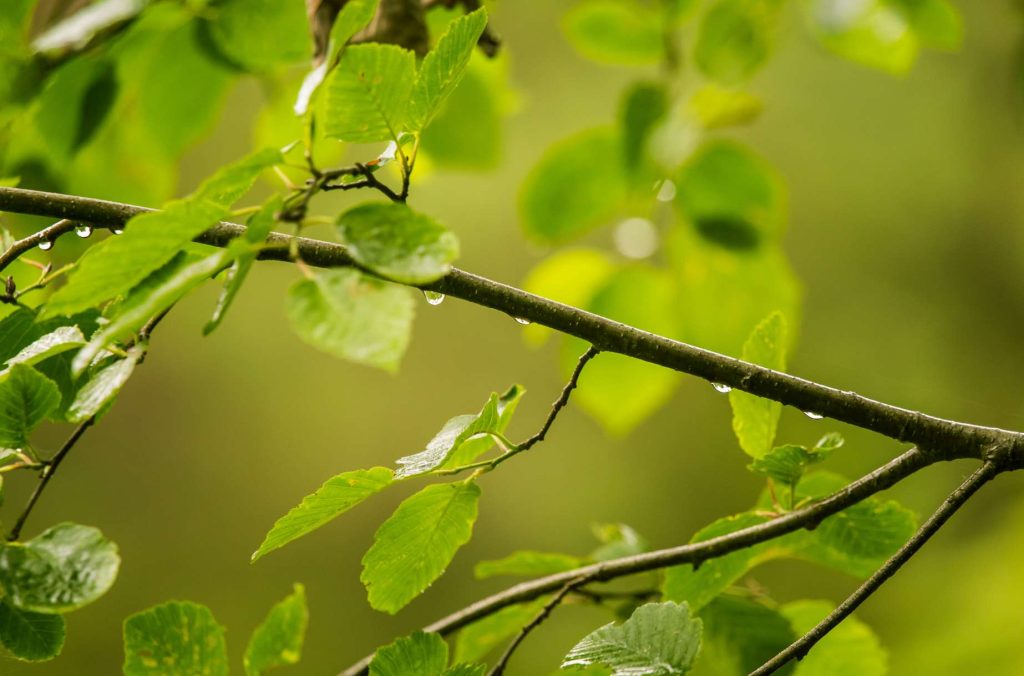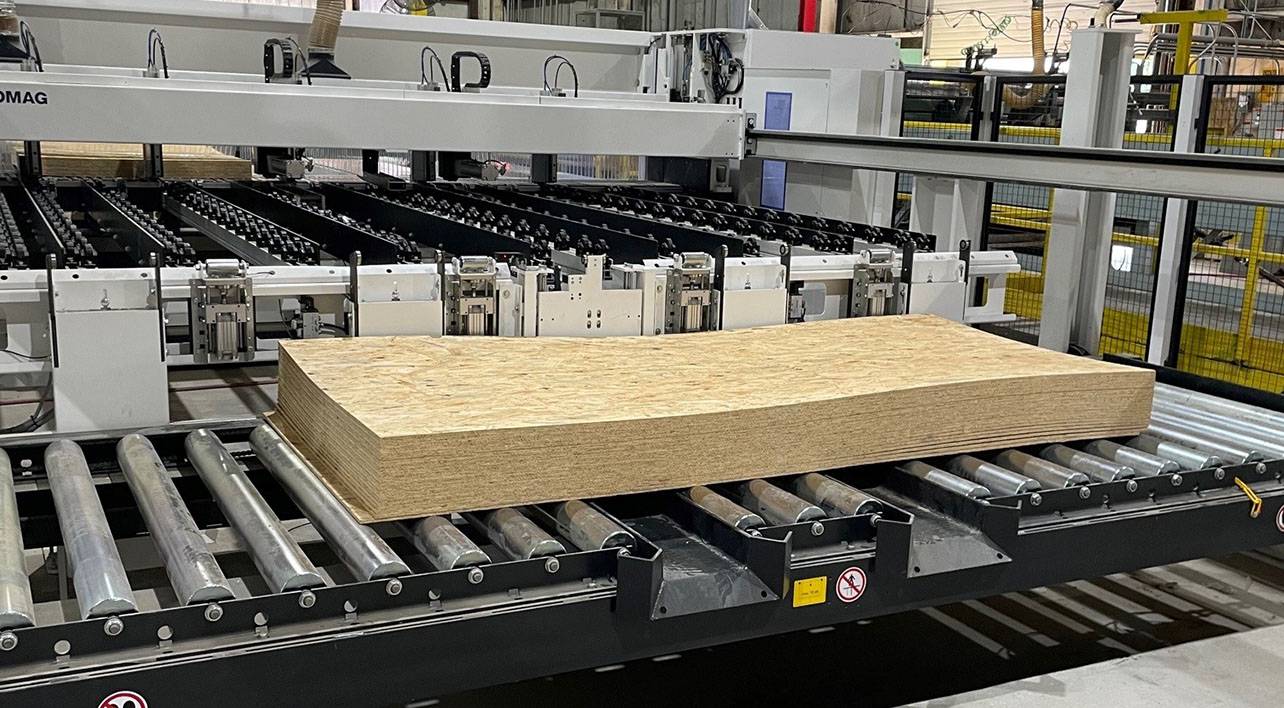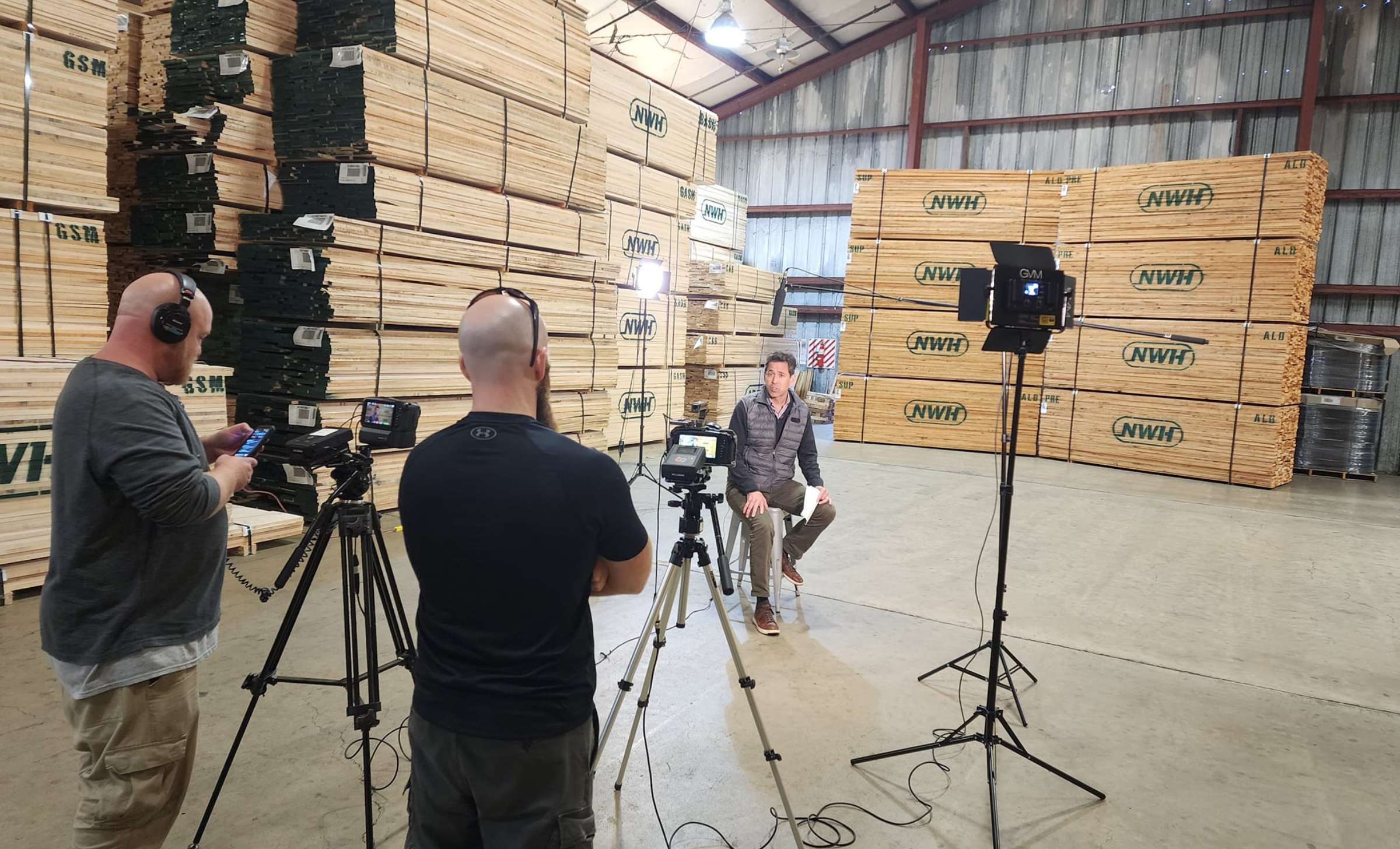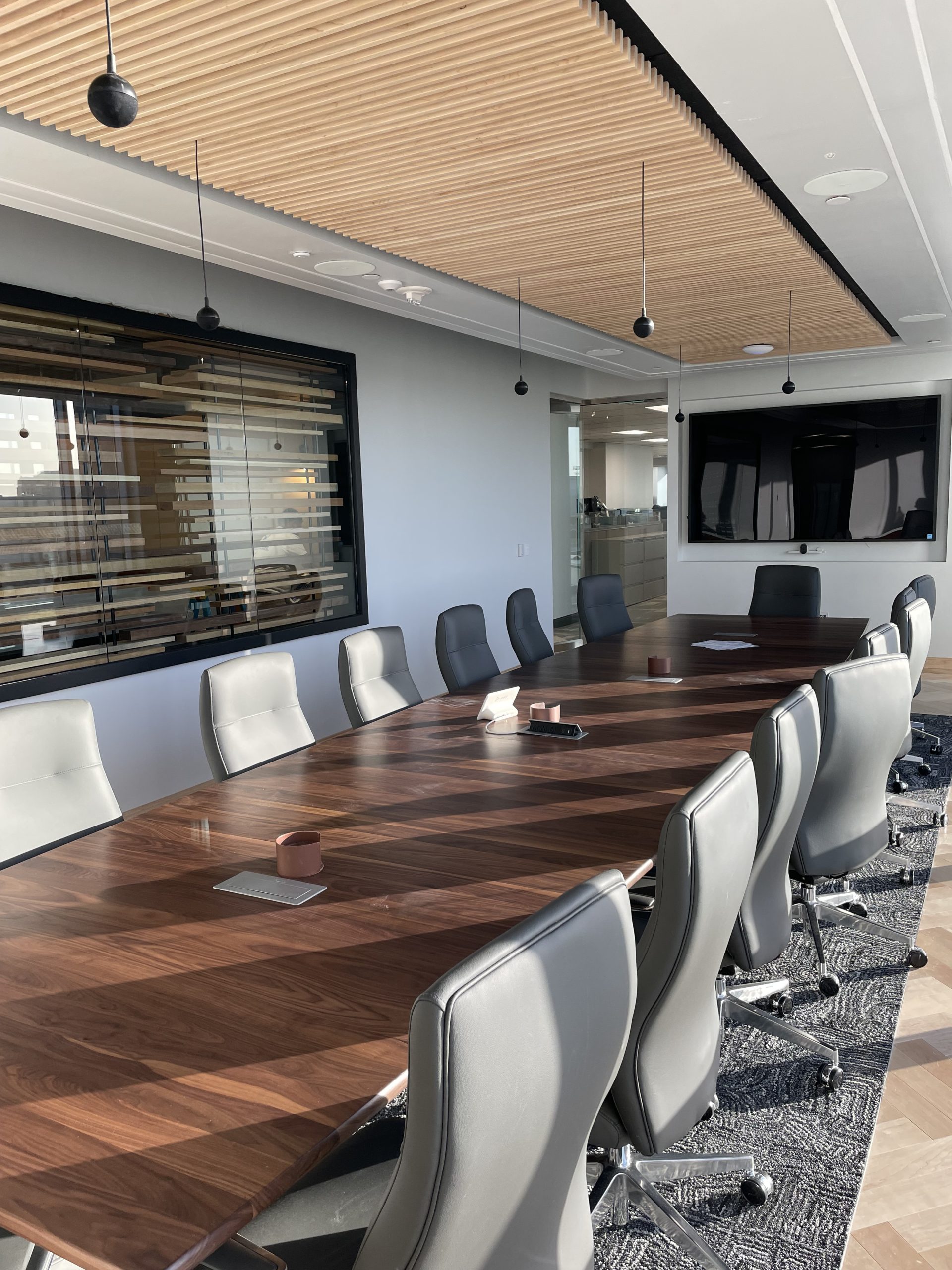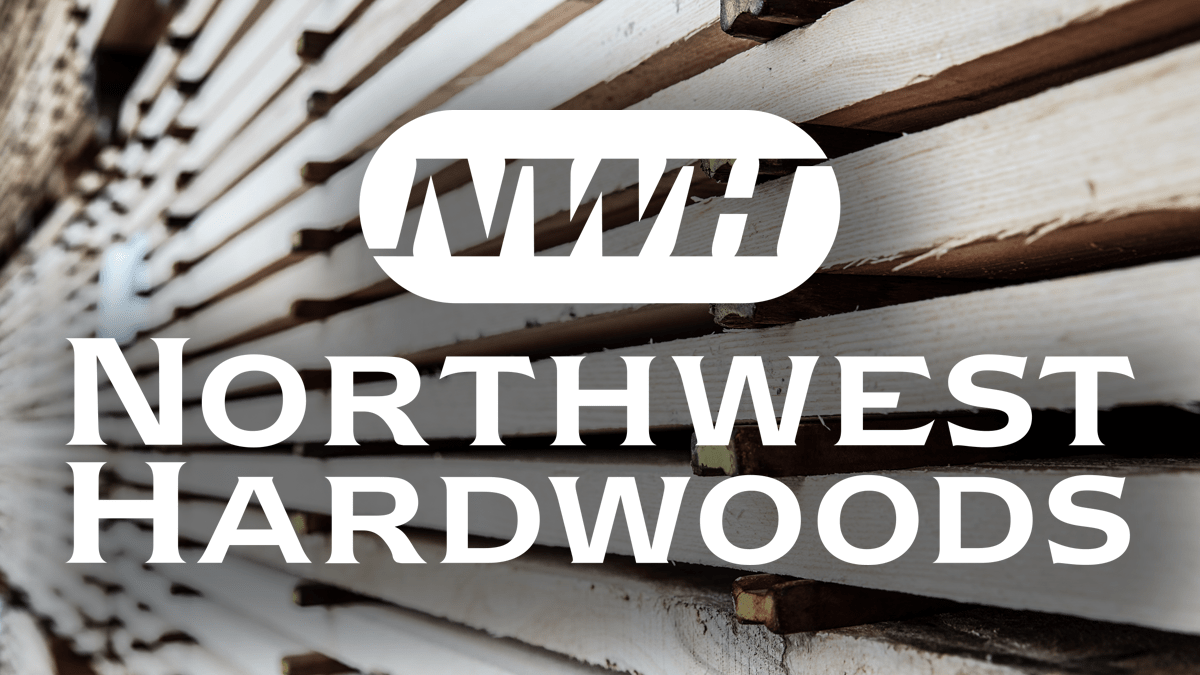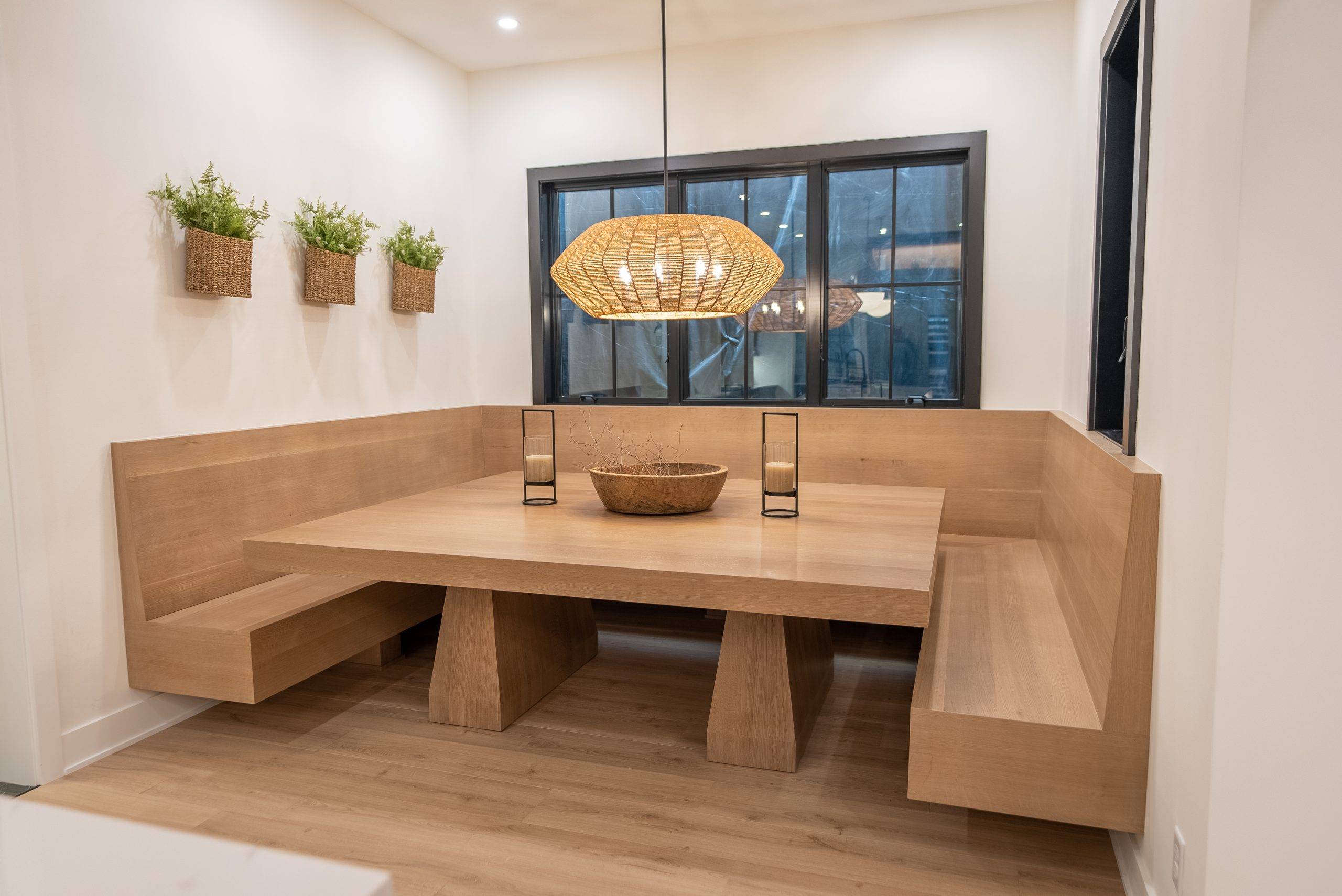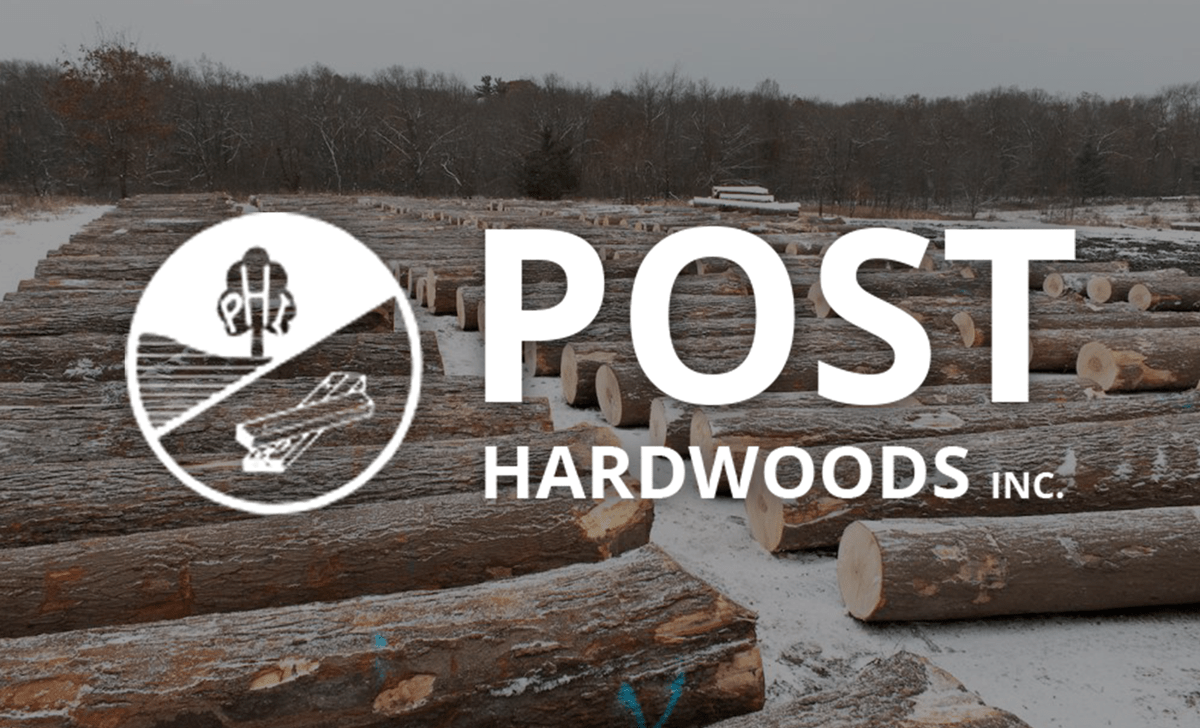Over 50 years ago NWH entered the hardwood lumber business with a single sawmill in Arlington, WA that focused on cutting Alder. At this time Alder was considered a low value, little known hardwood that was used for a variety of different applications and was considered an inferior wood as compared to cherry, red oak and hard maple to name a few.
The lumber was graded from the better face and had unlimited cuttings, compared to eastern hardwoods which have a limited number of cuttings by grade. There were five standard grades of alder:
- Select & Btr,
- #1 Shop
- #2 Shop
- #3 Shop
- Frame
NWH had a vision of alder developing into a highly valued hardwood comparable to more well-known eastern hardwood species. To accomplish this, NWH employed a strategy called, Consultative Selling. Consultative selling is a technique where salespeople and quality control people sit down with customers and ask them what they want and need in a product to best fit their businesses. The general feedback on Alder was positive. However, the standard grades were not aligned with the customers’ needs. For example, the #1 shop was a clear one face grade where the back could be sound (have small knots on the back of the cuttings). This grade simply did not work for cabinet makers.
This was the inception of proprietary grading. NWH separated the #1 shop into two separate grades: Cabinet and Custom Shop. Cabinet grade is graded from the worst face and yields 66.67% clear face cuttings while Custom Shop is graded from the better face and yields 66.67% clear face cuttings. Cabinet manufacturers immediately saw the value in the Cabinet Grade and other customers, like furniture makers who could use one face cuttings saw the value in the Custom Shop grade. This same approach was used to create the Premium Frame and Standard Frame grades for the upholsters. Premium Frame, which was graded for a small tight defect structure was used to produce long front, back and top rails in upholstered furniture while Standard Frame was used for the shorter cuttings in upholstered furniture.
In the case of Superior grade alder, NWH was asked to provide a grade that went above and beyond the specs of Select & Btr, which at the time the highest grade of alder offered. The resultant product was named Superiors which continue to be the highest grade of alder on the market today.
Once this new proprietary grading system was in place the market began to adopt these new names and specifications. Once the customers started demanding these application specific grades, it did not take long for all alder producers to conform to this grading structure.
Eventually, the NHLA was asked by members to have vote on formally adopting NWH core proprietary grades and eliminate the prior grades of Select & Btr, #1, #2, #3 SHOP and Frame. Today, one can see Superiors, Cabinet, Custom Shop and other NWH grades described in the NHLA Rule Book.
NWH has applied this consultative strategy across their business, developing proprietary grades for their glacial products to better match the needs of their customers. Today NWH red oak, white oak, soft maple and hard maple are all graded into Proprietary Grades.
Share This Post!
